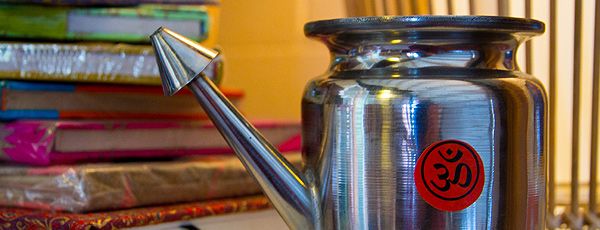Yoga in Daily Life - The System
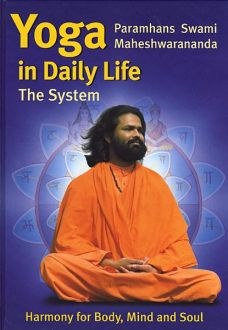
"The central idea of yoga is to live happily. Happiness is inherent in everybody and everything. Many people, however, are looking for happiness outside in the external world. In the end, they are disappointed."
The Yoga in Daily Life system is one of the most famous and acknowledged systems of yoga throughout the world, created by His Holiness Vishwaguru Paramhans Swami Maheshwarananda, whose main goal is to help humanity attain physical, mental, social and spiritual health.
The System - Overview

Yoga
The word “Yoga” originates from Sanskrit and means “to join; to unite”. Yoga exercises have a holistic effect and bring body, mind, consciousness and soul into balance. In this way Yoga assists us in coping with everyday demands, problems and worries. Yoga helps us to develop a greater understanding of ourself, the purpose of life and our relationship to God. On the spiritual path, Yoga leads us to supreme knowledge and eternal bliss in the union of the individual Self with the universal Self.

Main Goals
The scientific master system of Yoga in Daily Life teaches us how to achieve good health, inner peace and harmony by using yoga, meditation, and spiritual development. These goals are attained by offering love and help to all living beings; having respect for life and protecting nature and the environment; maintaining a peaceful state of mind; having a pure vegetarian diet, positive thoughts and healthy lifestyle; physical, mental and spiritual practices; and respect for all nations, cultures, and religions.

Four Paths of Yoga
The four paths of Yoga are: Karma Yoga - the path of action; Bhakti Yoga - the path of devotion and love; Raja Yoga or the "Royal Path" - the path of self-discipline; and Gyana Yoga - the philosophical path. These do not represent separate paths. Each path is closely related to the other. When we think of God and are full of love for our fellow humans and for nature, we are Bhakti Yogis. When we stand by others and help, we are Karma Yogis. When we meditate and perform yoga practices, we are Raja Yogis; and when we reflect upon the meaning of life and are explorers seeking truth and reality, we are Gyana Yogis.
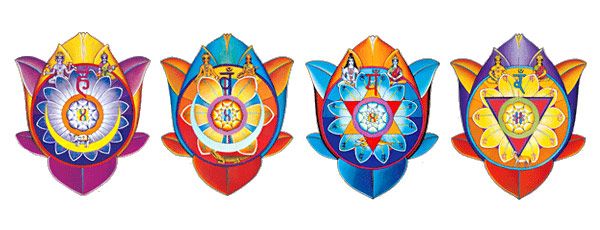
Chakras
Chakras are those energy centers through which Cosmic energy flows into the human body. Practicing Yoga in Daily Life can awaken these centers, which are manifest in each and every person. There are eight principal chakras and each is associated with certain aspects of our existence. Each chakra within the human body has a corresponding symbol, mantra and color, as well as a corresponding element, lotus blossom, animal and Divinity. These symbolic images illustrate the qualities of each chakra. Such symbols help us to discover and intuitively feel in meditation, the various attributes of the chakras.
System pillars
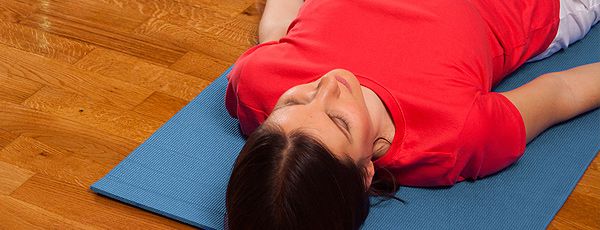
Yoga Nidra and Relaxation
Moments of Divine Bliss
To achieve the full benefit of the exercises, it is necessary to learn how to relax correctly before the Yoga practice and between the individual exercises.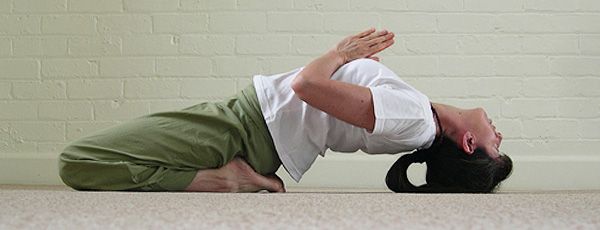
Asanas
Language of the Body
“Asana” is the Sanskrit word for a physical posture. The system Yoga in Daily Life is designed in such a way that the body is gradually and systematically prepared, leading from simple preparatory exercises towards the more advanced and difficult asanas.

Pranayama
Pranayama is the conscious and deliberate control and regulation of prana through the breath (Prana means life force, ayam means to control, to regulate). With each breath we absorb not only oxygen, but also prana. Prana is cosmic energy, the power in the Universe that creates, preserves and changes.
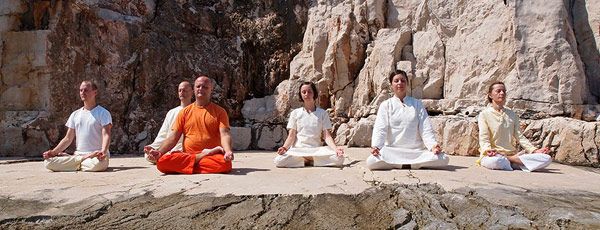
Self-Inquiry Meditation
Self-Inquiry Meditation is a fundamental aspect of the Yoga in Daily Life system. The practice of the asanas and pranayamas are progressively developed throughout this system, and in the same way, the concentration and meditation practices are also developed step-by-step.

Bandhas
Bandha means to lock, close-off, to stop. In the practice of a bandha, the energy flows to a particular area of the body and remains there blocked for a while. When the bandha is released, this causes the energy to flood more strongly through the body with increased power.
